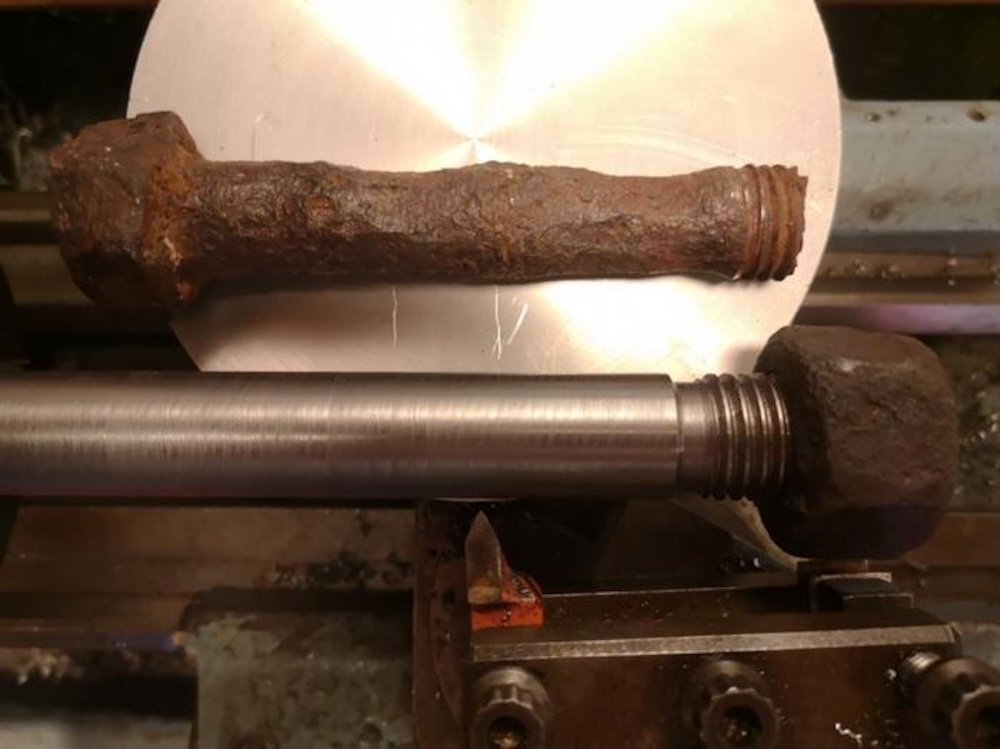Historians and researchers have finally solved the long-standing mystery behind one of the architectural wonders of Victorian England. What is the answer? Simple, standard nuts and bolts. That might sound like a lot of fun today, but in 1851, innovation allowed engineers to build the Crystal Palace at an unprecedented speed.
Although the Great Exhibition of 1851 showcased the potential of British industry at its most advanced and famous more than most exhibitions, there is no doubt that the crowning stone of the five-month event came from the architect Joseph Paxton. At over 1,827 meters tall, the Crystal Palace was the largest building in the world at the time, and had a massive glass roof supported by 3,300 carved columns. in iron. For nearly 175 years, however, it has left historians baffled—how did Paxton’s crew complete construction in just 190 days?
A study published in International Journal for the History of Engineering & Technology now you have solved the mystery. According to John Gardner, professor of English literature at Anglia Ruskin University (ARU), Crystal Palace was based on a revolutionary thread created by a man named Joseph Whitmore.
Before Whitworth’s common sense, every screw and bolt was unique without standard dimensions. This meant that lost screws or broken bolts could grind construction projects to a halt, at least until someone made new ones. Due to its sheer size and complexity, the Crystal Palace alone required 30,000 nuts and bolts – yet the need for so many pieces somehow did not hinder the construction of building.
“The types of screw threads used in the Crystal Palace structures have not been documented in the surviving images,” Gardner and co-author Ken Kiss wrote in their paper. “Furthermore, none of the rare bolt threads have been measured, recorded and published, until 1726572767.”
The reason why the original bolts are so rare is that, after it was built in Hyde Park and rebuilt in south London in 1854, the Crystal Palace burned down in 1936. But Kiss, curator of the Crystal Palace Museum, he unearthed one of the last known. bolts from the column in the first part of the building, as well as the nearby water tower that was built at that time to strengthen the wells of the palace. Kiss then presented these artifacts to Gardner for analysis.

Gardner found the Crystal Palace column bolt conformed well to Whitworth measurements, years before it became known as the British Standard Whitworth (BSW), the first national specification of its kind in the world. After soaking the water tower nut and bolt in oil, then using a combination of heat, force and a hammer, he rediscovered measurable screw threads that matched BSW specifications. To further confirm his theory, Gardner made completely new bolts on the BSW thread, which fit perfectly with the original nut.
According to the authors of the research, adopting a new option of Whitworth, the common one allowed the builders to finish the big work in a short time. The results were finally seen by the six million visitors who came to the Great Exhibition between May and October 1851. But as to why such facts remained ignored for decades, Gardner pointed to the speed of technological change during that time.
[Related: Milwaukee wants to build the world’s tallest timber skyscraper (again).]
“During the Victorian era there was incredible innovation coming from workshops across Britain that helped change the world,” Gardner said in an accompanying statement. In fact, development was happening at such a rapid pace that perhaps some success was not achieved at the time, as was the case with Crystal Palace.
Like the Crystal Palace itself, BSW’s elaborate specifications are rarely used today – but its legacy has inspired many modern designs that don’t stray far from the original dimensions. Similarly, the Crystal Palace, long gone, helped inspire modern architecture for decades to come.
#common #screws #broke #173yearold #architectural #mystery
